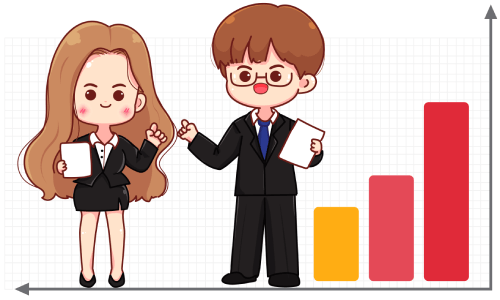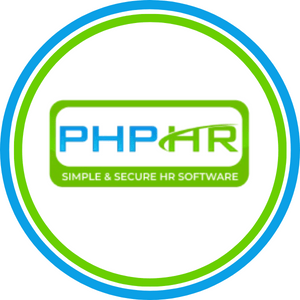HR Roles For Company Growth

Professionals in the human resources department are in a unique position to influence how firms run. People in operations, marketing, and middle management often evaluate the company through the filter of revenue, which causes them to lose sight of its core values.
A successful company is built on the foundation of your HR strategy.. Effective human resource management strategies lead to greater business growth rates, according to decades of study.
7 Ways HR Can Contribute for Company Growth
Recruitment and Hiring
• Compensation and benefits for employees.
• Training and development.
• Maintain company culture.
• Compliance.
• Employer-Employee relations.
• Workplace safety.

Recruitment and Hiring
When a position needs to be filled and candidates are being considered, hiring takes place. The act of hiring involves seeking and reviewing applications for a vacant position The recruiter has a massive effect on the hiring process, that involves posting job vacancies on job boards and identifying qualified candidates. But on the other hand, recruiting involves continuous research to choose the most suitable personnel for your company.
Compensation and Benefits
Compensation and benefits deals with the payment of the employee and provision of benefits (including final compensation, retirement formula, retired death benefit). It includes the process of deciding how much an employee should be paid and deciding what benefits should be offered to an employee. Compensation includes wages and salaries, and benefits include things like health insurance, vacation time, etc. Moreover, it can motivate employees to perform toward the company’s overall goals. Employees’ dedication and hard work can also be rewarded via compensation and benefit incentives.
Training and Development
In simple terms, Training and development initiatives are educational activities within an organization that are designed to improve the job performance of an individual or group, and it is mostly involve improving the effectiveness of organizations and the individuals and teams within them. Training and development is called learning and development. It is an integral part of the HR team. Degree courses in development and training are now widely accessible from colleges and universities; a degree in instructional design would also be beneficial in this role.
Maintain Company Culture
Company culture refers to how employees conduct themselves at work. Your formal and informal methods, behaviors, and values together form an experience that you provide to your customers and employees. Company culture is often something you can feel, even as an outsider.


HR Compliance
In order to ensure that your employment and work practices demonstrate a complete understanding of the applicable laws and regulations, in addition to being aware of the company’s wider human capital resources objectives, HR compliance is the process of developing policies and procedures.
The HR compliance officer has the responsibility of trying to make sure both teams and individuals are in place to deal with regulation issues. They are also accountable for having a complete understanding of compliance regulations and for effectively communicating these laws to management and staff.
Employer-Employee Relations
The manner an employer (either an individual or a company) and employees view and treat one another at work is commonly known as an employer/employee relationship.
A relationship between an employee and their employer starts the moment that person signs their employment contract. Multiple factors, which differ from company to company, including the work environment and the nature of the industry, influence the nature of that relationship.
Given that employees spend a significant proportion of their waking hours at work, commonly in close proximity to one another and to their employer. For instance, the employer usually decides whether the work environment will be casual, professional, organized, creative, etc.
Workplace Safety
Employers are responsible for making sure that their employees work in a secured workplace. Promoting workplace safety is the duty of managerial practices and business owners. Employers need to urge staff to use protective clothing and safe procedures.
Every company wants to provide its employees a safe place, and the Occupational Safety and Health Act of 1970 (OSHA) requires companies to do so.

Conclusion
Incorporating the HR team in the process of decision-making makes sense. The work your HR team performs will have an impact on your capacity to carry out expansion plans, draw in the best talent, give them the tools they require to succeed within the company, and keep them from leaving.





